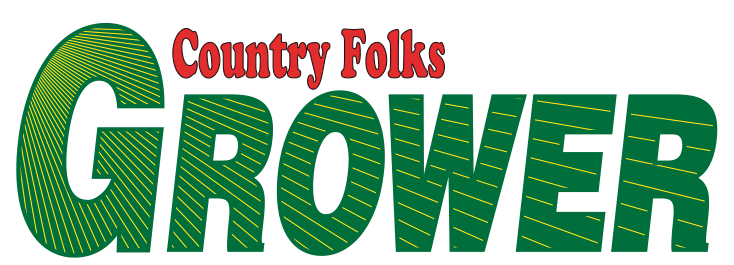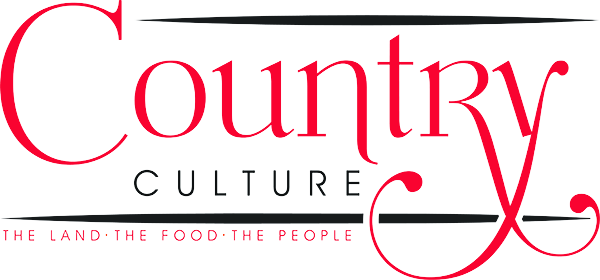Recent discovery links Peterson Pawpaws to famed early pawpaw source
HARPERS FERRY, WV – If you know who Mrs. Frank Ketter is, no doubt you love pawpaws. And you almost certainly know Neal Peterson, the pawpaw breeder. But you may not know about recent evidence connecting the two – unless you were at the Fifth International Pawpaw Conference in early September at Kentucky State University’s Harold R. Benson Research & Demonstration Farm.
It was at the conference that Rodney Dever, a partner with Peterson in his business, gave a presentation revealing that a recent discovery indicates that some of his initial genetic stock came from pawpaw trees which are descended from Mrs. Ketter’s award-winning fruit.
In 1916 the American Genetic Association ran a contest to find the best-tasting pawpaw. The winner of the $50 cash prize was Mrs. Frank Ketter of Ironton, Ohio. Her fruit took first place because of its size, taste and thicker skin (which could help permit transport of the fruit).
Peterson and Dever have trademarked seven varieties of pawpaws which have a good amount of flesh, fewer seeds, an appealing texture and taste and no bitter aftertaste. His varieties are ‘Alleghany,’ ‘Potomac,’ ‘Rappahannock,’ ‘Shenandoah,’ ‘Susquehanna,’ ‘Tallahatchie’ and ‘Wabash.’
Today Peterson devotes himself to research and no longer sells fruit or trees directly to the public. He has, however, licensed over 40 nurseries in the U.S. (as well as over a dozen in Europe and Japan) to sell his varieties.
Although Peterson encountered pawpaw trees while growing up in West Virginia, his first experience eating a ripe pawpaw came in the mid-1970s, when he was a grad student studying plant genetics at WVU in Morgantown.
“I was a class instructor taking students to the WVU Core Arboretum to study population ecology,” he recalled. “You could smell the pawpaws before you could see them.
“I picked one up off the ground and broke it open with my hands. There was that golden flesh, and its taste – better than an apple and as good as any pear. I was not prepared for how it tasted.
“In that moment I formed an image in my mind to do selection and breeding to improve the qualities of the pawpaw. Imagine – if it had centuries of domestication like apples and oranges.”
From WVU, Peterson went to Michigan State to continue his graduate studies. During that time, as a hobby, he travelled to various states seeking out the very best pawpaw genetics.
“It was blind travelling,” Peterson admitted. Many of his destinations were locations which, through inference, he suspected would have trees which descended from the 1916 contest.
One such location, which Peterson visited in 1979, was the University of Virginia’s Blandy Experimental Farm. The farm had as part of its acreage an arboretum, established by the farm’s first director, Orland White.
In the two-plus decades between White’s retirement and Peterson visiting the farm, much of the arboretum had not been actively managed. The pawpaws, as Peterson recalled, were growing in the shade of oaks and hickories. (They do well in shade.)
They were planted in two parallel rows, clearly the effort of White’s work. The farm’s accession records were unorganized, and Peterson wasn’t able to determine the sources of the specific seedlings that White had planted.
When he left Michigan in 1980 to work as an agricultural economist at USDA in Washington, D.C., Peterson did not give up on what would become his life work – pawpaw breeding.
In 1982, he started his first experimental plot, at a University of Maryland research station on the Eastern Shore. Some years later he started his second experimental plot in western Maryland.
“You grow thousands of seedlings to find a few good ones,” Peterson said. “That is the nature of plant breeding. But I had a mission – to lay a foundation for future pawpaw production.”
In the late 1990s, Peterson began selling pawpaw fruit at a D.C. farmers market, and later sold pawpaw via mail order, all grafted to his trademarked select varieties – all of which are pure Asimina triloba.
In 1994, he began hybridizing pawpaws with Florida species of pawpaws, also members of the Asimina genus. Florida pawpaws are shrubs, so hybridizing could lead to the development of shorter versions of pawpaw trees. Peterson’s work on developing a hybrid pawpaw is ongoing.
Peterson has been working in his current experimental orchard at WVU’s Kearneysville Tree Fruit Research & Education Station since 2014.
While Peterson (and others – especially at KYSU) have made great strides in developing appealing cultivars of pawpaw, they are not yet suited to modern mass distribution, due to their delicate skin and perishability. This has made the increase in the number of pawpaw festivals in recent years an important step in developing a pawpaw industry.
“I’m heartened when I see more festivals taking place,” Peterson said. “Pawpaws are also highly popular in Europe right now – they’re the only species of custard apple family hardy enough to grow in temperate climates.”
Back to the recent pawpaw conference: In 2023, workers at the Blandy Experimental Farm used metal detectors around the pawpaw trees growing there. They found tags which had fallen off the trees and were residing in the soil underneath. With those tags, they have been able to establish that those trees were descendants of Mrs. Ketter’s fruit.
Rodney Dever said, “Hundreds of years from now, people will associate Neal Peterson with pawpaws.”
Learn more about Peterson’s pawpaws at petersonpawpaws.com.
by Karl H. Kazaks




